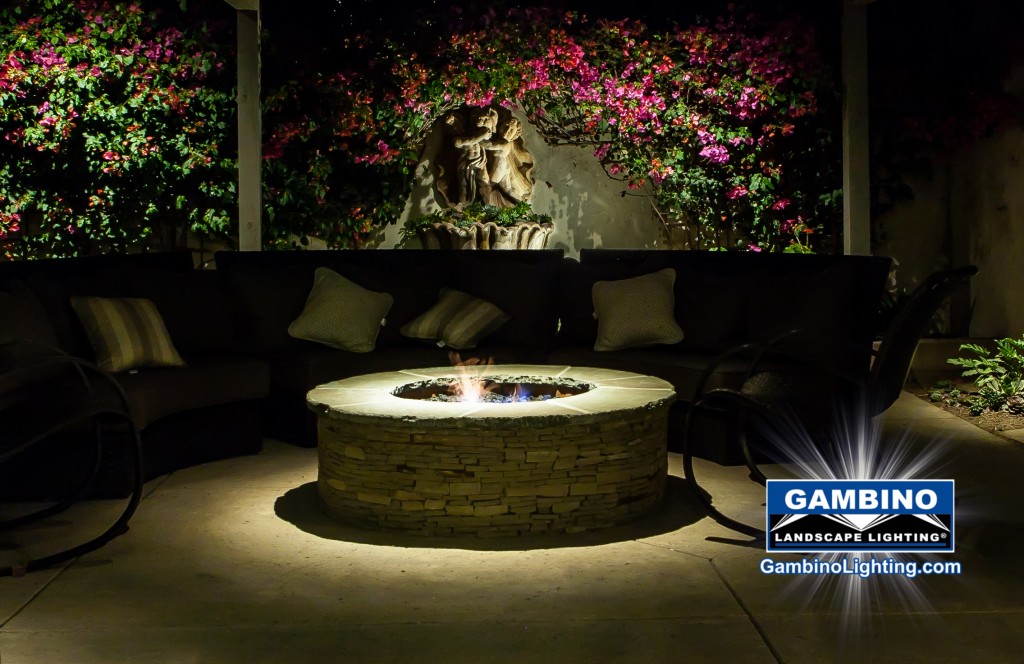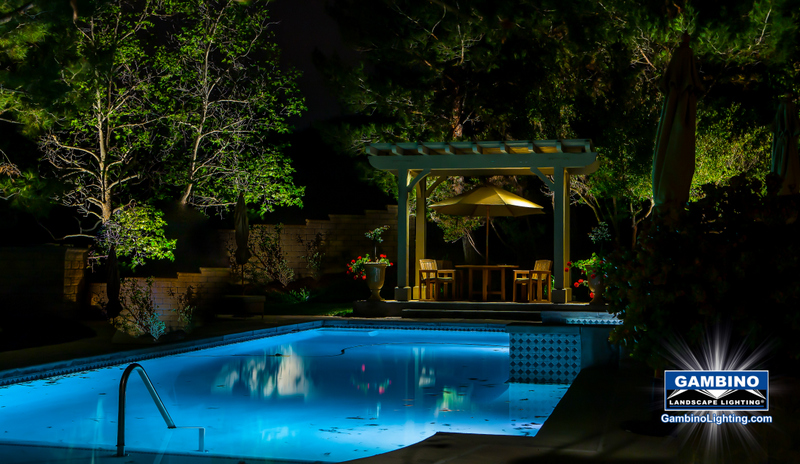02 Oct Buying a Landscape Lighting Dream requires Communication and Trust
By Mike Gambino
When we purchase a physical product, such as a new car, Oven, or sofa, we can see what we are buying. We can touch it, sit down on it and often, we can even test the product before handing over our money. But in the case of custom landscape lighting, what you are actually buying is a vision or dream of how you will hope and expect it to be.
 Certainly, as designers, we can show a client photos of past work or they drive around town to view our completed projects. This is a very effective way to convey our signature style so the prospect can determine if our style is pleasing to them and what they are looking for in their landscape lighting project on their property. We can describe the process and the final results. But all of this is intangible—there is nothing physical that the client can actually see regarding the project they are buying on their actual property.
Certainly, as designers, we can show a client photos of past work or they drive around town to view our completed projects. This is a very effective way to convey our signature style so the prospect can determine if our style is pleasing to them and what they are looking for in their landscape lighting project on their property. We can describe the process and the final results. But all of this is intangible—there is nothing physical that the client can actually see regarding the project they are buying on their actual property.
Some may argue that pre sale mockups on site are the answer however they are never a comprehensive and complete, just a small vignette or scene and not whole. The other problem is that they are expensive and time consuming to accomplish successfully. Only inexperienced and new service providers might be willing to set one up on site without compensation and on speculation that they will land the project. Or the buyer can pay one or more companies (If they can find qualified professionals who will do this) to come out, set up and tear down these displays without guarantee of doing the project, however this is a very costly, inefficient and time consuming way to decide on a landscape lighting designer for a landscape lighting project. No matter what, the client can only envision what the final product will look like. And that can create a lot of potential problems. What if their vision is different from what actually results?
Obviously, we can’t crawl inside the client’s head. We can’t see what they are “seeing” regarding the project.
Trust your instincts. If personalities clash at the first meeting it won’t get any better and it will probably get worse when you need to work closely with this individual over the course of a project. You will also need to be dealing with this person into the future after the project is completed. Goals and visions, work habits, ethics, reliability must be compatible with one another almost like a marriage in order for it to work.
 Good communications can eliminate many of these potential problems. While these communications must go in both directions, it is particularly important that we allow the client to communicate his needs, desires, and expectations. If we understand what the client requires and expects, then we can correct unreasonable expectations and meet those that are reasonable. Equally important, we can price the project properly by taking into account anything that is unusual or that may require extra time or effort to complete.
Good communications can eliminate many of these potential problems. While these communications must go in both directions, it is particularly important that we allow the client to communicate his needs, desires, and expectations. If we understand what the client requires and expects, then we can correct unreasonable expectations and meet those that are reasonable. Equally important, we can price the project properly by taking into account anything that is unusual or that may require extra time or effort to complete.
I usually ask my clients quite a few questions to determine their needs and expectations. One of my favorite questions is “why”? This is an open-ended question, and it helps me understand their situation better. More significantly, the “why” determines the “what.” Why a client wants something will tell us more about their true needs and desires.
Clients don’t buy landscape lighting systems everyday. They often do not know the best way to achieve their goal. But often the client may simply think that something makes sense and hasn’t considered the full context.
For example, let us say that the client wants the project completed by a certain date. We may not be able to meet that deadline, but upon probing, we discover that the client is having new replacement trees and shrubs planted and wants the light fixtures installed before then. We can point out that the landscaper may easily bump the fixtures or worse and damage the new lighting. Also placement and location of lighting equipment including fixtures, transformers, conduit pipe and cable are determined by anchor (subjects that are not likely to be moved) plants, trees, fountains etc. and therefore, it would be best to wait until after their permanent locations are set first.
While any damage caused by the landscapers has no impact on the quality of our work, by delaying the installation of the landscape lighting equipment, we help the client achieve a better end result. By asking why the client had a specific deadline we were able to discover what the client really needed.
While this example is simple, the same principle applies to other aspects of a landscape lighting project. I view the role of a salesman to primarily be that of a consultant—helping the client make the best purchasing decision. But before we can do that, we must first understand what the client wants, needs, and expects. We must first understand what dream they have for the landscape lighting on their property.
 This landscape lighting blog is published by Mike Gambino of Gambino landscape lighting inc. all rights reserved. Mike is a professional landscape lighting system designer/ builder and has been designing, installing and maintaining landscape lighting systems for more than 20 years. Mike resides in the Los Angeles area with his wife and 2 sons. To visit his website go to www.Gambinolighting.com . To inquire about hiring Mike please click here .
This landscape lighting blog is published by Mike Gambino of Gambino landscape lighting inc. all rights reserved. Mike is a professional landscape lighting system designer/ builder and has been designing, installing and maintaining landscape lighting systems for more than 20 years. Mike resides in the Los Angeles area with his wife and 2 sons. To visit his website go to www.Gambinolighting.com . To inquire about hiring Mike please click here .
Blog articles may be published with permission on other websites without editing or removing links.



No Comments